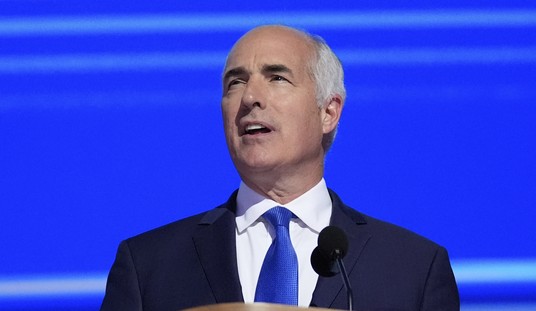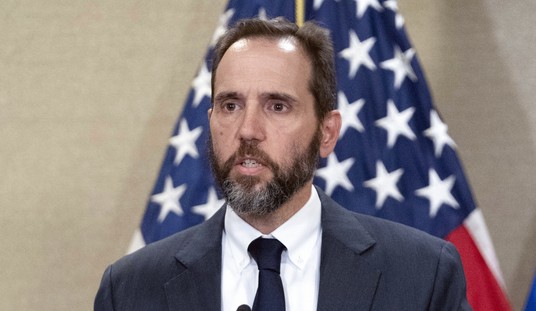The Census Bureau reported in a study released this week that 65 percent of American children lived in households taking aid from one or more federal program as of the fall of 2011.
"Almost two-thirds (65 percent) of children," said the Census Bureau, "lived in households that participated in at least one or more of the following government aid programs: Temporary Assistance for Needy Families (TANF), the Supplemental Nutrition Assistance Program (SNAP), the Special Supplemental Nutrition Program for Women, Infants, and Children (WIC), Medicaid, and the National School Lunch Program."
How to be dependent on government is now one of the earliest life lessons America is teaching nearly a supermajority of children.
The percentage of children living in households participating in TANF, food stamps, WIC, Medicaid or the National School Lunch Program has been on the rise.
In 2003, according to the Census Bureau, there were a total of 72,658,000 children 17 and under in the United States, and 40,337,000 of these children -- or 56 percent -- lived in households receiving aid from one of more of these programs.
That included 30,023,000 children in the National School Lunch Program, 18,175,000 in households on Medicaid, 8,287,000 in households on food stamps, 4,808,000 in households on WIC, and 2,347,000 in households on TANF.
By 2011, there were 74,294,000 children 17 and under and 47,939,000 of these children -- or 65 percent -- lived in households receiving aid from one or more of these programs.
Recommended
That included 34,959,000 in the National School Lunch Program; 26,350,000 in households on Medicaid; 17,321,000 in households on food stamps; 6,350,000 in households on WIC; and 2,279,000 in households on TANF.
Children living in households that have never taken federal assistance are now a minority in the United States. In the future, they will be among a minority of adults.
The new willingness among Americans to live on government largesse is matched by another trend: disregard for marriage and traditional family life.
As recently as 1970, according to the Census Bureau, 85.2 percent of American children were living with two parents.
Of the 74,294,000 children 17 and under in the United States in the fall of 2011, 50,442,000 -- or 68 percent -- were living with two parents. However, 3,760,000 of those children were living with two parents who were not married, leaving only 46,682,000 children -- or 63 percent -- living with two married parents.
"The economic status of children living with cohabitating parents more closely resembled single-parent families," the study said. After children living with a single parent, they were the most likely to be in poverty.
Among children living with one parent, 40.9 percent were in poverty. Among children living with two unmarried parents, 37.3 percent were in poverty. And among children living with a guardian (including a grandparent or another relative), 29.8 percent were in poverty.
But among children living with two married parents, only 14.0 percent were in poverty.
The data published in this Census Bureau study also suggests that disrespect for marriage and traditional family life is a homegrown product of the United States. Children who have at least one immigrant parent are more likely to live with two married parents.
Almost 73 percent of children who had at least one foreign-born parent, the study said, lived with two married parents. But only 59.8 percent of children whose parents were both born in the United States lived with two married parents.
The ultimate struggle for the future of America is not political or economic, but cultural. It is between those who believe in self-reliance and traditional family life and those who do not.

























Join the conversation as a VIP Member